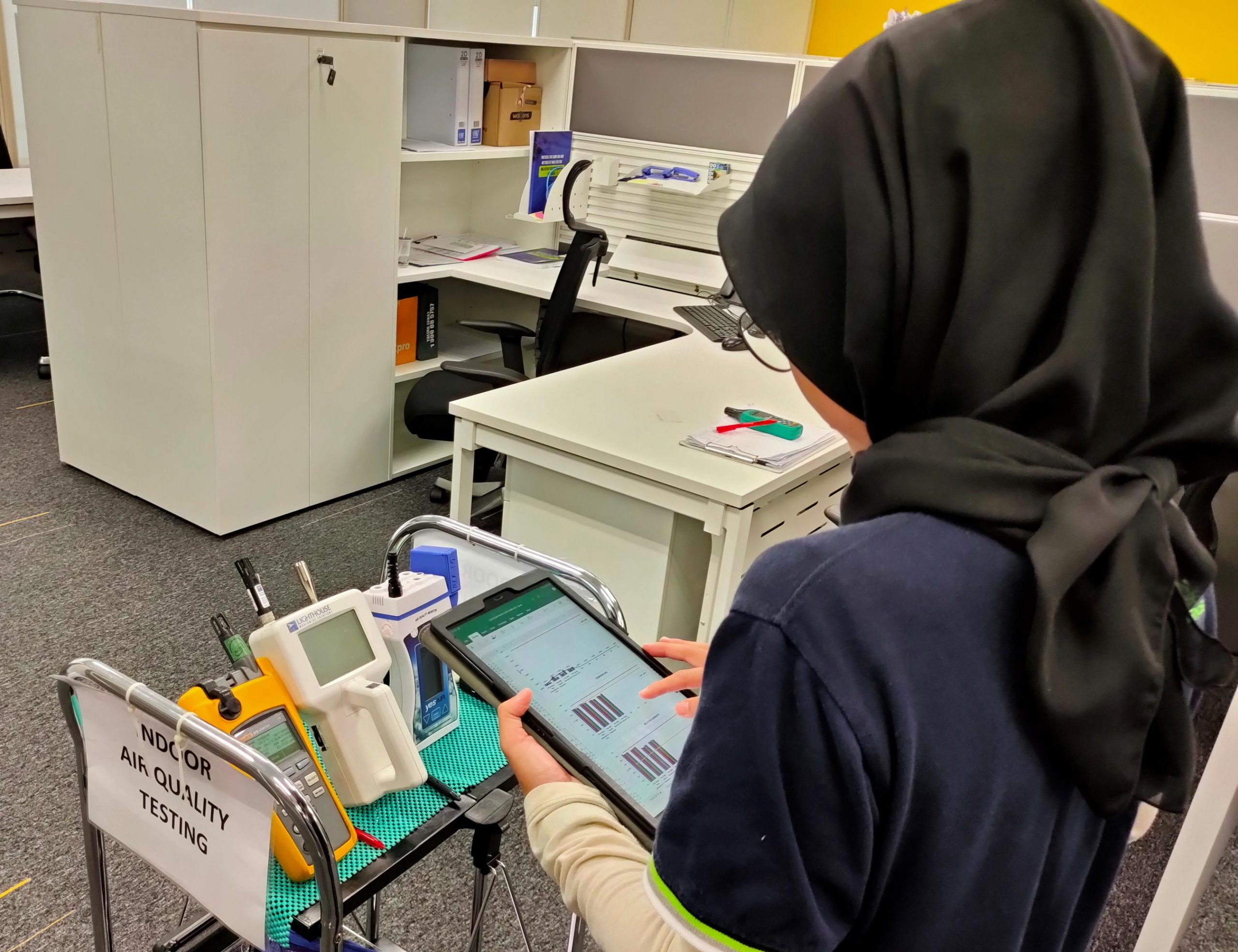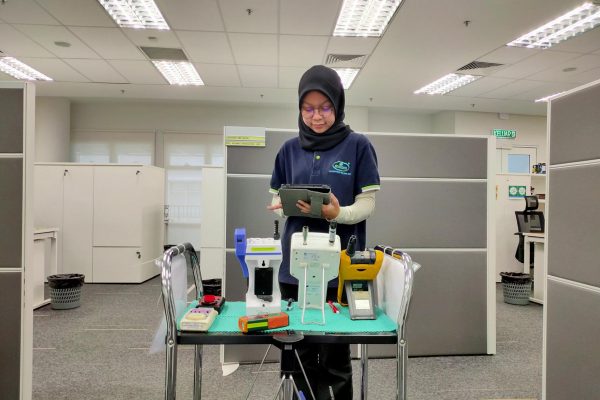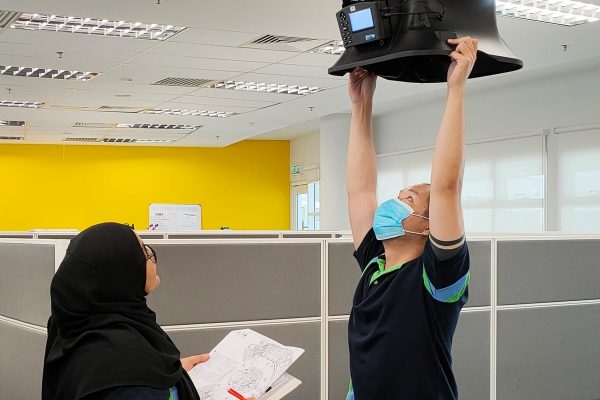Why Is Indoor Air Quality Assessment Essential?
Indoor Air Quality was one of the most overlooked factors in addressing health problems back in the day. But the recent events of Covid-19 have given rise to increased awareness amongst the public regarding the effects of poor indoor air quality. Monitoring the indoor air in a building or an enclosed space can be the most effective way to deal with health problems arising from poor indoor air quality, such as Sick Building Syndrome (SBS), respiratory diseases, fatigue, nausea, and even lung cancer!
These health problems inevitably lead to discomfort, a slump in productivity, and absenteeism, and it may lead to serious health complications. Thus, it is essential to monitor the air we breathe to maintain the air quality and be healthy effectively.
Main Indoor Air Quality Parameters & Effects Of Poor Indoor Air Quality
| PARAMETERS | ACCEPTABLE RANGE | HEALTH EFFECTS BELOW ACCEPTABLE LIMIT | HEALTH EFFECTS ABOVE ACCEPTABLE LIMIT |
| AIR TEMPERATURE | 23° C – 26° C | Discomfort to their hands and feet, shivering, fatigue, and a decrease in performance and alertness. | Fatigue, irritability, headache, and decrease in performance and alertness. |
| RELATIVE HUMIDITY | 40% – 70% | Dry skin, sinus problem and chapped lips dry out the mucous membranes that defend against colds and flu and other respiratory diseases. | Elevate the likelihood of surface condensation and subsequent potential microbial growth. |
| AIR MOVEMENT | 0.15 m/s – 0.50 m/s | Restricts air movement, producing a “stuffy” sensation. | Draught and chilly. |
| PARAMETERS | ACCEPTABLE LIMIT | POSSIBLE HEALTH EFFECTS |
| FORMALDEHYDE (CH2O) | < 0.10 ppm | • Irritant of eyes and respiratory tract • Possible carcinogen |
| OZONE (O3) | < 0.05 ppm | • Irritant of eyes and mucous membrane |
| TOTAL VOLATILE ORGANIC COMPOUNDS (TVOCs) | < 3.00 ppm | • Irritant of eyes, nose and upper respiratory tract • Headaches, nausea |
| CARBON MONOXIDE (CO) | < 10.0 ppm | • Headaches, dizziness, and nausea • At moderate concentration, impaired vision, reduced brain function |
| RESPIRABLE PARTICULATES (PM10) | < 0.150 mg/m3 | • Irritates throat, lungs and eyes • Sneezing, coughing • May cause aggravated respiratory diseases |
| PARAMETERS | ACCEPTABLE LIMIT | POSSIBLE HEALTH EFFECT |
| TOTAL BACTERIAL COUNT | < 500 cfu/m3 | • Respiratory and allergic effects. • Potential of disease transmission |
| TOTAL FUNGAL COUNT | < 1000 cfu/m3 |
Contact Us for
Expert Solutions
How Do We Perform A Comprehensive IAQ Assessment
- Overall walkthrough inspection of the building/selected areas
- Inspection of the Air Duct System and Mechanical Ventilating and Air Conditioning (MVAC) system
- Surveying building occupants IAQ health risk by distributing a questionnaire
- Conducting in-situ IAQ sampling, data collection, and testing
- Laboratory testing for microbial contamination
- Detailed reporting of the IAQ Assessment approved by an IAQ Assessor Registered with DOSH.

Indoor Air Quality (IAQ) Assessment Compliance
- Our IAQ Assessment or Monitoring complies with the Industry Code of Practice on Indoor Air Quality 2010 published by the Department of Occupational Safety and Health (DOSH), Ministry of Human Resource, Malaysia.
- As per compliance, our Indoor Air Quality Assessor is Registered with DOSH in providing accurate facts and assistance in terms of IAQ sampling, evaluation, interpretation of data, and recommending the appropriate solutions.
- Compliance to the utmost IAQ standards and DOSH guidelines can be used as evidence of good practice in a court or health surveillance to ensure health and safety to the employees.






